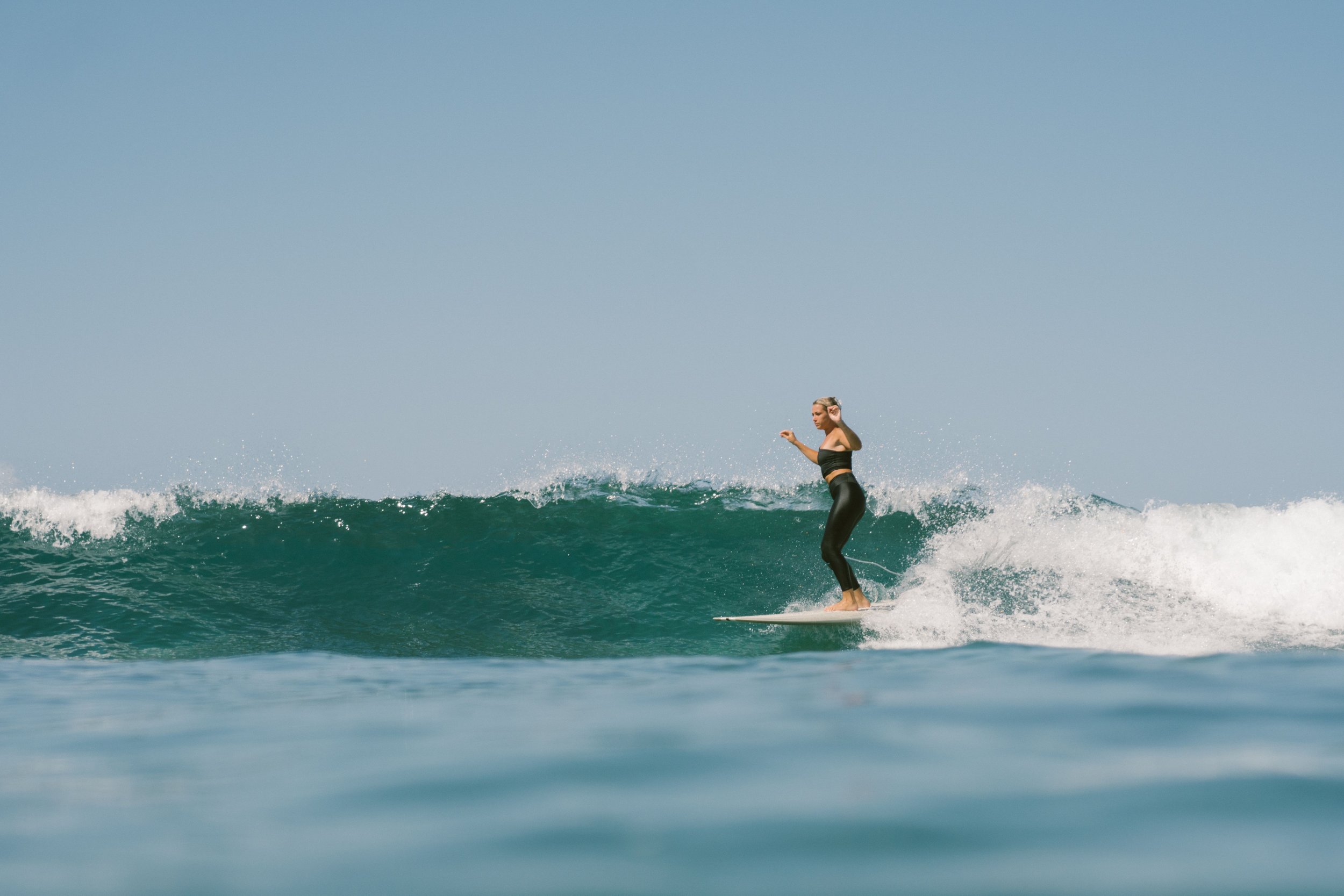Enhancing Your Swimming for Surfing Safety
Surfing and swimming go hand in hand. No one should head into the water without a level of competency in swimming, as even confident swimmers may find themselves in challenging situations. If, god forbid you get caught in a rip, you will need the endurance and strength to paddle out of it and return to shore safely.
These techniques should be used to develop your swimming abilities in a pool first before taking the plunge into wild waters. When you’re swimming in the ocean you will have to contend with the strength of the tides and powerful waves. Front crawl or freestyle is perhaps the best swimming principle to work on since it utilizes a number of key muscles which translate well across to surfing. It targets your back, triceps and shoulders, whilst simultaneously developing your lung capacity. Tailor your training regiment match your current swimming level, gradually increasing the intensity as your skills progress
Staying Afloat
Learning to float and tread water is a vital skill in swimming and surfing. Whilst a surfboard is a great floatation device, unfortunately surf leashes can break and you’ll be left relying on your own skills. Practice floating by spreading your limbs wide and taking deep breaths from your diaphragm. Spreading your weight out will make it easier to stay afloat.
Treading water is another life saving skill. You should practice and develop this skill by timing yourself and incrementally increasing the length of time.
Building Your Arms
Anyone who surfs knows that paddling endurance is essential. Often surfers spend more time paddling than they do riding waves, especially as a beginner. Think of your hands as paddles, keep your fingers close together but not quite touching. This maximizes your pull in the water. As you pull your arm down through the water towards you, hold your forearm at a right angle to your upper arm. Imagine you’re pulling sand towards you like a shovel.
Developing Kick
Improving your leg technique is all about balance and reducing drag. Keep your legs parallel with the surface of the water, don’t allow them to hang behind you at an angle. Kick below the surface without breaking through. The secret to a good kick is turning your feet into fins. Your legs should be taut, moving in a scissor action, while your feet remain flexible. You can perfect your kick by practicing with a kick board and doing timed lengths.
It’s All in the Breath
Swimming, just like surfing, is a full body intensive sport that requires controlled breathing. It not only builds your muscle strength but also your cardiovascular capabilities. For front crawl, the most common breathing pattern is taking a breath every 3rd stroke. Being able to breathe from the side instead of lifting your head out of the water will keep your body aligned and your stroke effective.
By making each breath count, you are less likely to drown. Exhale through your nose and inhale a quickfull breath through your mouth. Alternating each side you take a breath, will reduce the strain on your neck and shoulders. You can work on building your lung capacity by practicing under water laps, taking your time and surfacing when you need to.
Once you have built your swimming strength in the safety of the pool, it’s time to practice in the ocean. Remember to choose a beach with lifeguards and pay attention to the beach flags. Even the most experienced swimmers can get into trouble from time to time and if something goes wrong you’ll be grateful for having the help readily available. Stay safe and enjoy the water responsibly.
About the Author
Emma is the founder of Noseridersurfclub, a surf fashion brand focused on the community and maintaining an environmentally responsible business model. You can read more of her articles on her website at Noseridersurfclub.com/Blog


